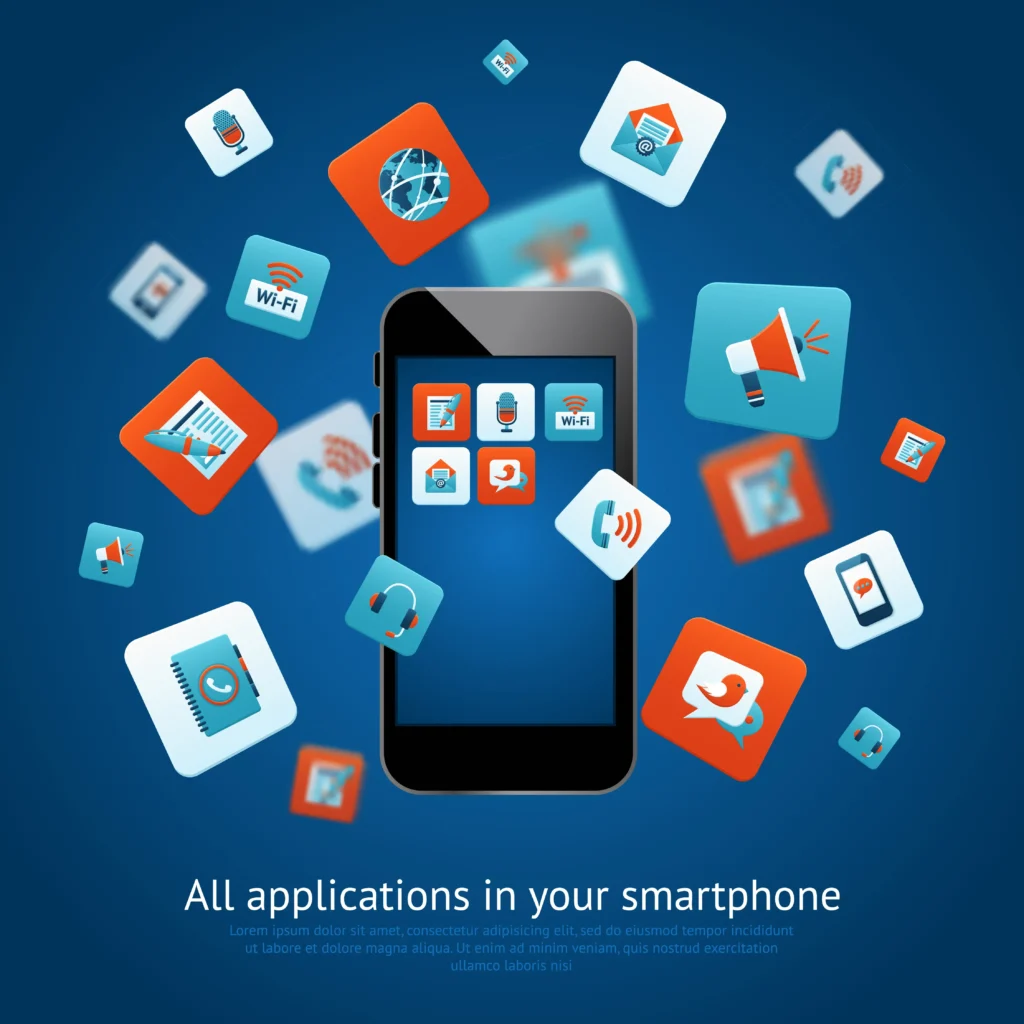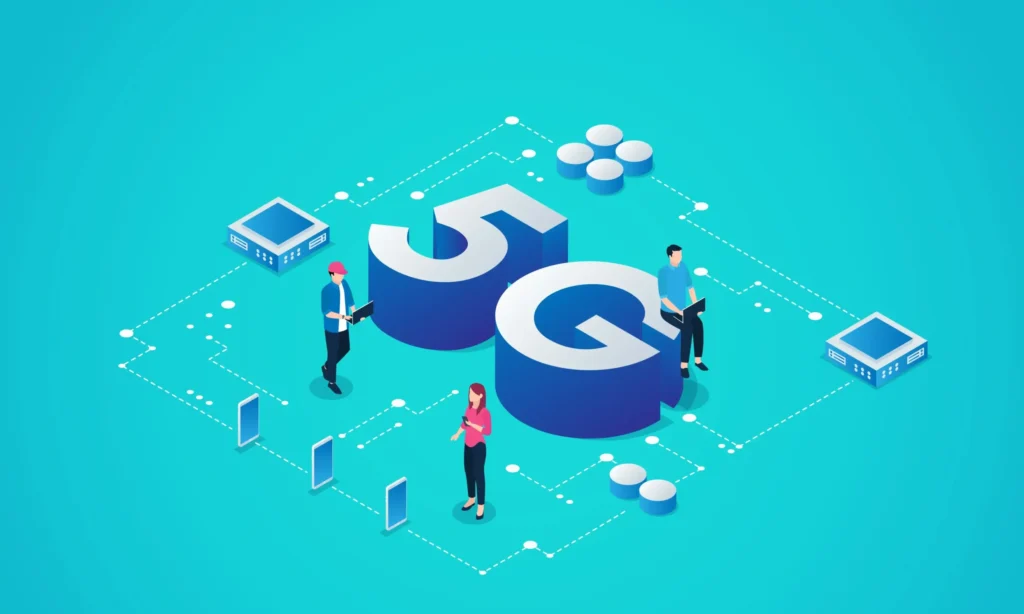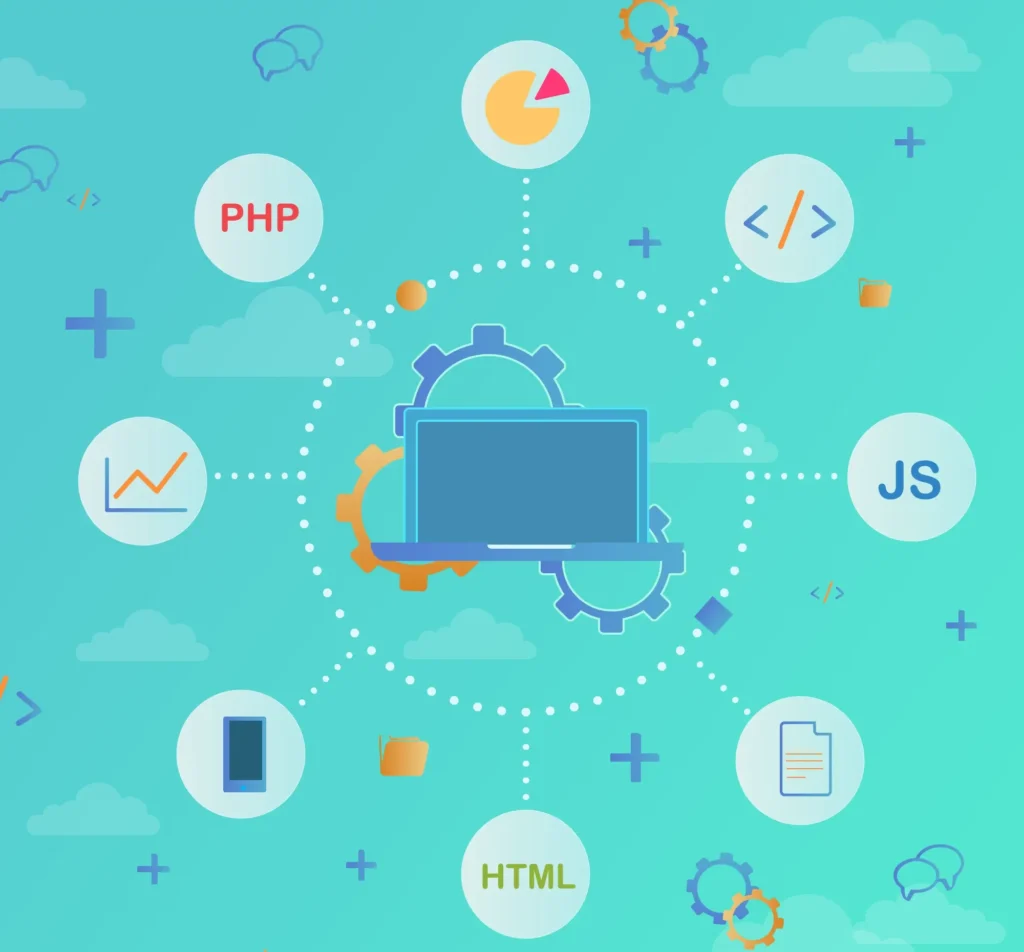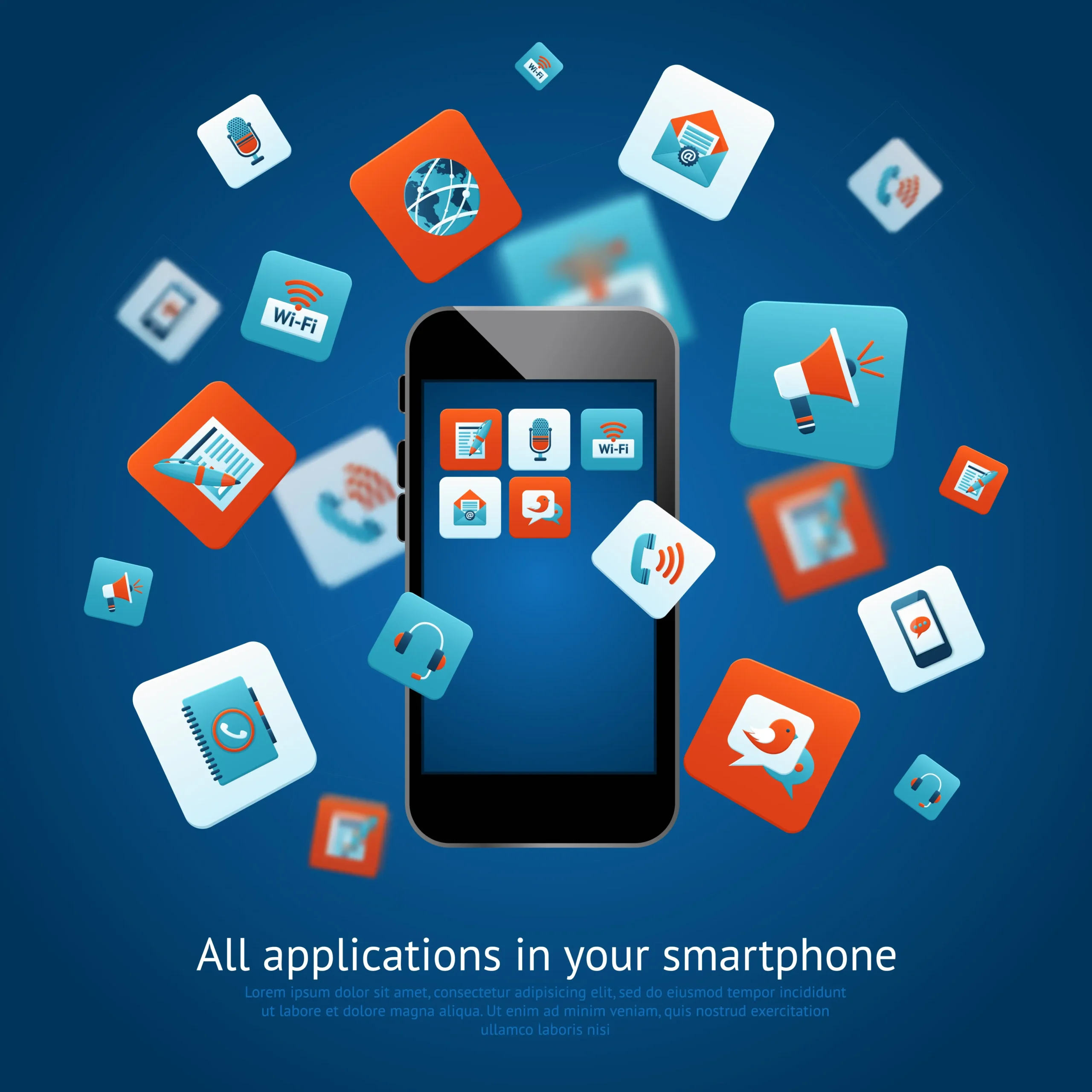The Future of App Development Is Already Here
The world of mobile application development is evolving at an unprecedented pace. Every year, new technologies emerge that shift how developers think, build, and deploy applications. But 2025 isn’t just another year—it’s shaping up to be a transformational milestone for the app development industry.
Whether you’re a solo app developer, a startup founder, or part of an enterprise tech team, understanding upcoming App Development Trends is crucial. In this article, we dive into seven pivotal trends that will reshape how you approach app development in 2025, backed by real-world examples, expert insights, and a forward-looking mindset.
Let’s explore what’s next—before everyone else catches on.
1. AI-Powered Applications Will Become the New Normal
Artificial Intelligence is no longer a novelty—it’s the core engine powering smarter, more personalized apps. In 2025, AI will not just enhance apps—it will drive them.
How AI Will Impact Mobile App Development:
-
Personalized User Experiences: Think Spotify’s music suggestions or Netflix’s show recommendations—this will become the baseline expectation for all apps.
-
Voice Assistants & AI Chatbots: Integrated tools like ChatGPT plugins or Google’s Gemini will handle customer service, onboarding, and real-time assistance.
-
Predictive Analytics: Apps will use behavior analysis to make decisions before users even take action.
Example: Duolingo’s AI-driven feedback system now corrects language pronunciation using real-time voice recognition.
Check latest companies information
2. Super Apps Are Becoming the Swiss Army Knife of Mobile

Inspired by Asia’s WeChat and Gojek, super apps are platforms that combine multiple services into a single app.
Why Super Apps Will Surge:
-
Users crave one-stop solutions.
-
Businesses benefit from increased engagement and cross-selling.
-
Microservices architecture makes it easier to scale feature-by-feature.
Example: Tata Neu, an Indian super app, integrates travel booking, payments, groceries, and more—setting the standard for future Western apps.
Why It Matters: Developers will need to build modular, scalable architectures from day one.
3. 5G Integration Will Redefine Performance and Features

The global rollout of 5G technology is a game-changer for mobile app developers. By 2025, 5G coverage is expected to be mainstream in most developed regions.
What 5G Brings to the Table:
-
10x faster download and streaming speeds
-
Ultra-low latency, critical for real-time applications like AR gaming or video conferencing
-
Enhanced support for IoT devices and edge computing
Use Case: Snapchat’s AR filters will evolve into immersive real-time experiences, thanks to 5G’s bandwidth and latency advantages.
Developer Tip: Start optimizing app features for 5G-ready use cases now.
4. Low-Code & No-Code Platforms Will Dominate MVP Development

In 2025, rapid prototyping and iteration cycles will be non-negotiable. That’s where low-code and no-code development platforms step in.
Benefits for Developers:
-
Faster time-to-market for MVPs and pilot apps
-
Reduced dependency on full-stack developers
-
Seamless integrations with third-party tools
Example: Bubble.io and FlutterFlow allow non-tech founders to create production-level apps without writing a single line of code.
Pro Insight: Even seasoned developers are leveraging low-code tools for backend automation, admin dashboards, and CRUD apps.
5. Cross-Platform Development Will Be More Powerful Than Ever

With tools like Flutter 3, React Native, and Xamarin MAUI, the dream of building once and deploying everywhere is becoming a reality.
What’s Changing in 2025:
-
Better performance parity with native apps
-
Unified UI frameworks that adapt seamlessly across Android, iOS, Web, and even Desktop
-
Smarter debugging and deployment pipelines using DevOps automation
Example: Alibaba used Flutter to rebuild parts of their mobile app, achieving 90% code reuse across platforms.
Takeaway: In 2025, cross-platform development won’t be a compromise—it’ll be the standard.
Secondary Keywords: Cross-platform app development, Flutter apps
6. Privacy-First Development Will Be a Legal and Ethical Imperative

With increasing scrutiny from users and regulators, data privacy is no longer optional. GDPR, CCPA, and India’s DPDP Act are just the beginning.
Developer Must-Knows:
-
Zero-trust architecture and end-to-end encryption are becoming the default.
-
Users expect full transparency about data usage.
-
Apple’s App Tracking Transparency (ATT) policy is pushing developers to rethink ad revenue strategies.
Real-World Update: In 2024, Meta lost a multi-million-dollar lawsuit over improper data handling. Expect more such cases in 2025.
Action Point: Bake privacy features into your app’s core architecture—not as an afterthought.
7. Wearable and IoT-Connected Apps Will Break into the Mainstream

The rise of smartwatches, fitness bands, and smart home devices is paving the way for IoT-integrated apps that go beyond the screen.
What to Expect in 2025:
-
Seamless multi-device syncing across watches, smartphones, and smart homes
-
Real-time health tracking for telehealth, fitness, and productivity
-
Context-aware applications using ambient data
Example: The Oura Ring app uses advanced biometric sensors to provide insights into sleep quality, readiness, and activity—integrated with mobile for a unified experience.
Secondary Keywords: Wearable App Development, IoT Application Integration
Bonus Insight: The Rise of Emotionally Intelligent Apps
While not yet mainstream, apps that detect and respond to human emotion using AI, voice, and facial recognition are quietly gaining traction.
Imagine:
-
A meditation app that detects stress from your voice tone
-
A journaling app that adapts suggestions based on mood
Why This Matters: The next frontier isn’t just smart—it’s empathetic software.
Wrapping Up: The Future Belongs to Adaptive, Intelligent Apps
The [App Development Trends] of 2025 signal a clear shift from “build and deploy” to “build, learn, adapt, and evolve.” To thrive in this landscape, developers must not only embrace new tools and platforms but also rethink the user experience, business model, and technical strategy behind every app.
Whether you’re working on your first MVP or scaling a global product, aligning with these trends will help you stay ahead, create lasting impact, and build apps that users truly love.
📲 Ready to Future-Proof Your App?
Let’s make sure your app doesn’t just survive 2025—but leads it.
👉 Get a free consultation on how to implement these trends in your next mobile project.
FAQs
Q: Are AI-powered apps only for large enterprises?
A: Not at all. With open-source libraries and APIs, even indie developers can integrate AI features like chatbots, personalization, and predictive insights.
Q: Is 5G really going to make a difference for all apps?
A: Apps involving video, AR, gaming, or real-time syncing will benefit the most, but all apps can leverage 5G’s speed for smoother UX.
Q: Are no-code platforms secure for real apps?
A: Leading platforms follow modern security practices. However, always vet platforms and add custom layers of security when scaling.
